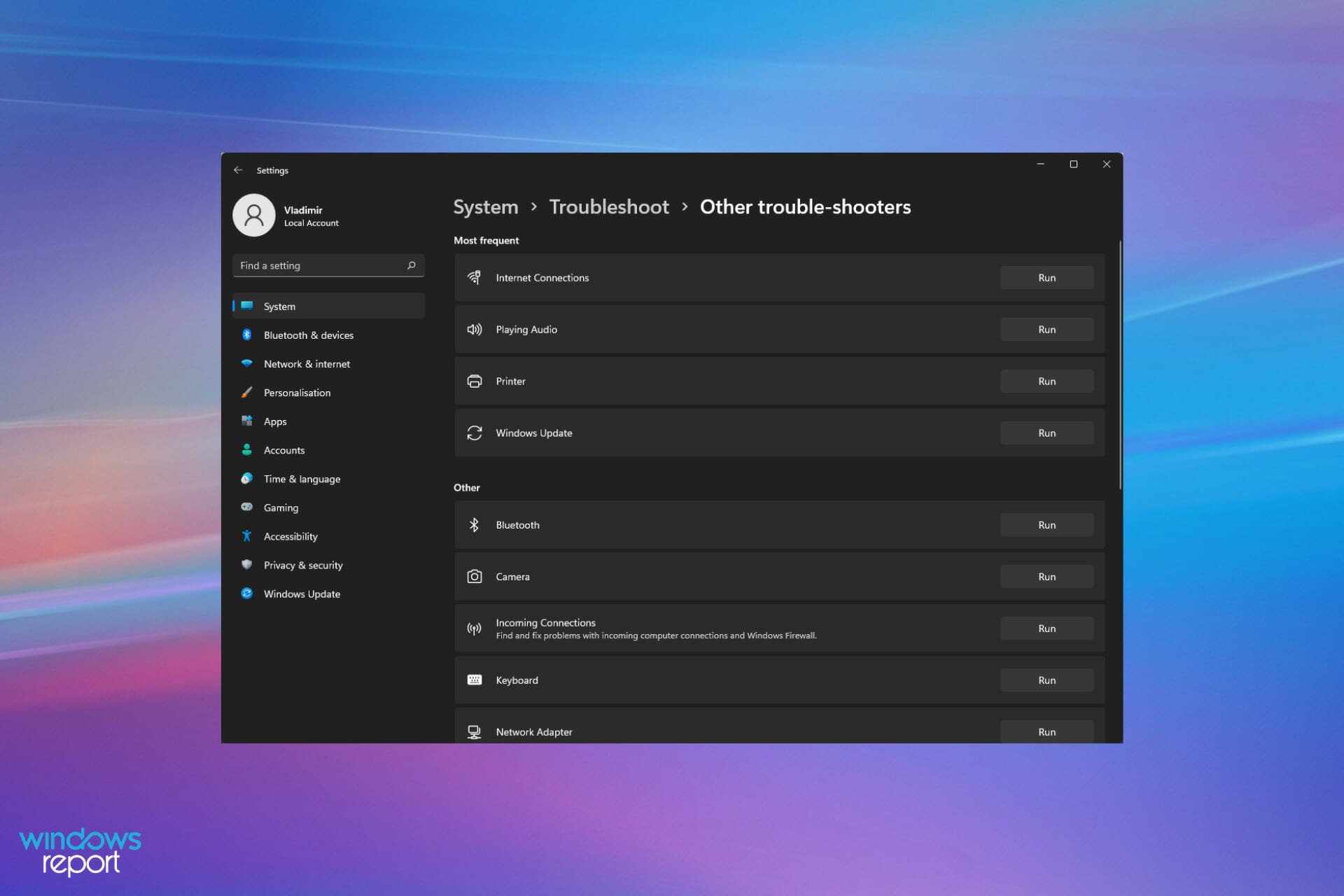

Instead of a diagnosis like “loose gas cap,” you will see a string of letters and numbers that is incomprehensible without a reference.

The trouble codes are just that, though: Codes. If you want to know more about the reasons why your check engine light is on, you can check the guide we created. OBD scanners can check these trouble codes to determine exactly what’s wrong, and clear them from the computer’s memory once the problem is fixed.

When a car’s sensors decide that something is amiss, they trigger a message known as a “trouble code,” which may manifest as a “check engine” light or another warning on the dashboard. Delving into diagnosticsĪs the name implies, diagnostics are the primary purpose of OBD. Companies have plenty of ideas about what you can plug into that port. OBD II cars have a port - usually located under the dashboard on the driver’s side - that devices can plug into and connect to a car’s computer. over the past 20 years follows the OBD II standard. Previous iterations of OBD were retroactively classified OBD I. Known as OBD II, that standard was implemented for the 1996 model year and is still in use today. However, CARB didn’t issue standards for the systems until 1994. Several automakers introduced computer interfaces for their own cars before the 1990s, but the push to standardize didn’t begin until 1991, when the California Air Resources Board (CARB) mandated that all cars sold in California needed some form of OBD capability. That created the first major need to put computers in cars. Like its predecessors, EFI regulates fuel flow into the engine, but it does so using electronic signals rather than mechanical bits. Unlike carburetors or previous mechanical fuel-injection systems, electronic fuel injection (EFI) requires computer control. OBD has existed in various forms long before anyone ever uttered the words “infotainment” or “connected car.” It came about primarily because of two factors: The need to regulate emissions, and the mass adoption of electronic fuel injection by automakers beginning in the 1980s.
#Ease diagnostics not connecting software
It has become more important as cars have become increasingly computerized, and software has become the key to fixing many problems and unlocking performance. It’s the standardized system that allows external electronics to interface with a car’s computer system.
#Ease diagnostics not connecting code
By understanding the differences in OBD versus OBD II and the different code readers available, you can address almost any issue that arises in your car. Onboard diagnostics provide near-universal codes, allowing users to understand what is going wrong in their vehicle.


 0 kommentar(er)
0 kommentar(er)
